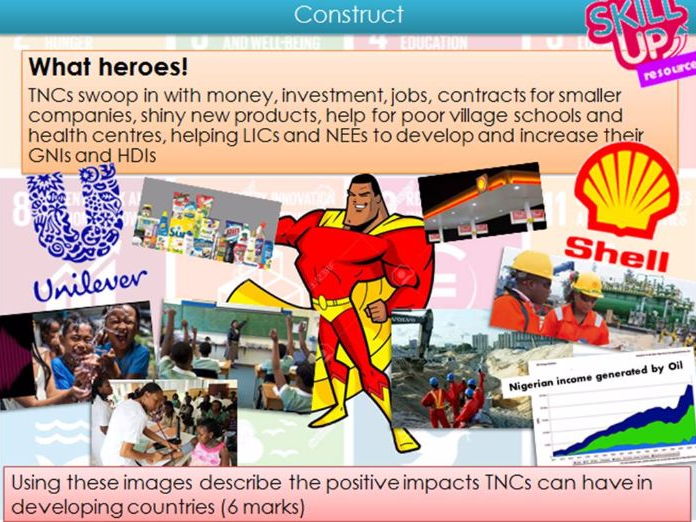Teach_tectonic's Shop
Hello. My methodology for lesson planning consists of three key concepts; Simplicity for the teacher - I aim to plan lessons that are paper-resource light. Clarity of understanding for the student - I aim to plan lessons that are clear in their sequencing. Professional appearance - I aim to plan lessons that are designed for students rather than the board room. I teach my lessons successfully and with enjoyment, but not every teacher is the same. I always appreciate constructive feedback :-)




















